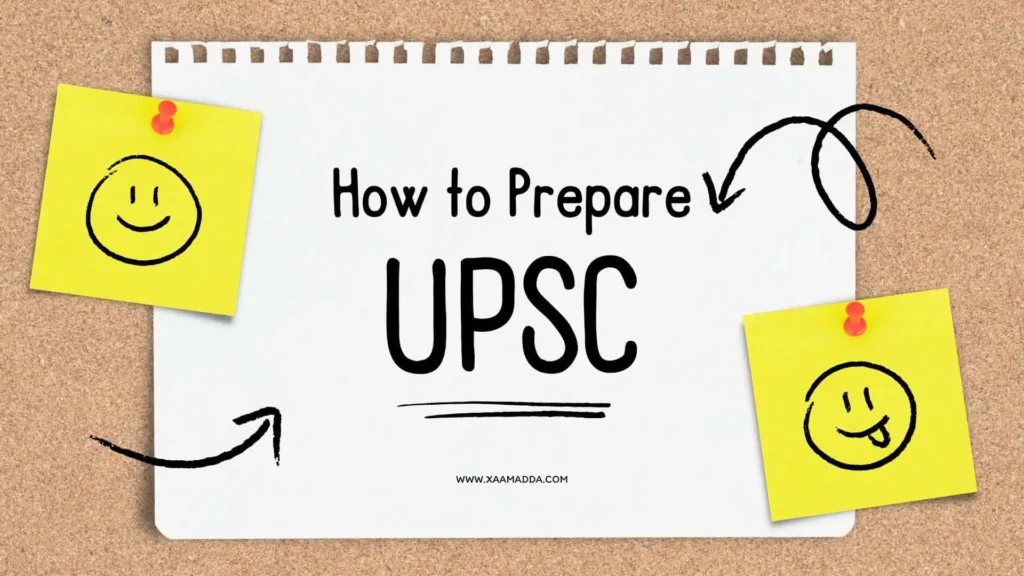Despite the vast ocean of information, what truly elevates an aspirant in the UPSC Mains is not just knowledge, but the skillful translation of it into well-crafted answers. As the 2025 Civil Services Main Exam draws closer, mastering the art of answer writing becomes paramount. Here’s your evidence-backed, expert-guided breakdown: the three essential steps to effective Mains answers and concise responses to the five most frequently asked questions by aspirants.
The 3 Essential Steps to Write Effective UPSC Mains Answers
1. Decode the Question Thoroughly
-
Every UPSC Mains question is a riddle wrapped in a directive. Carefully read and dissect the question:
-
Identify directional words (such as “critically evaluate,” “discuss,” “elucidate”) to understand the demand.
-
Underline or note keywords and break the question into its logical parts.
-
Stay focused on the crux rather than peripheral information—answer directly and succinctly, keeping all sub-parts in mind.
2. Structure: Introduction, Body, Conclusion
A standardized structure ensures clarity and allows examiners to follow your argument seamlessly:
-
Introduction: Brief, sets context, and directly addresses the topic. Types include definition, data/statistics, contemporary context, or a relevant quote.
-
Body: The mainstay, where you answer ALL parts using logical flow, subheadings, and bullet points if necessary. Incorporate multi-dimensional perspectives—historical, economic, political, social, ethical—as relevant.
-
Start each point with a keyword, then support it with concise explanations, facts, or real-life/current examples.
-
Conclusion: Summarize and justify your response, often suggesting a way forward or balanced future perspective. Maintain a reformative tone over a judgmental one.
3. Presentation & Language
First impressions matter:
-
Write legibly; neat, error-free handwriting can boost perception and marks. Avoid last-minute scribbles.
-
Highlight or underline keywords to catch the evaluator’s eye.
-
Use simple, formal language. Avoid jargon unless justified, and don’t beat around the bush—stick to the point.
-
If appropriate, add diagrams or flowcharts for complex questions—they enhance clarity and leave a mark.
5 Frequently Asked Questions (FAQs)
Q1: Should I write answers in points or paragraphs?
There’s no single rule. Use points for clarity in multi-faceted answers, and paragraphs for narrative topics. A hybrid approach—point-wise under subheadings, with brief explanatory lines—works best for most UPSC Mains papers.
Q2: How long should the introduction and conclusion be?
For a 150-word answer, introductions should take 15–20% of your total words, and conclusions 10–15%. Keep them sharp and relevant.
Q3: What if I don’t know the full answer?
Do not bluff or fill space with irrelevant material. Focus on addressing the parts you do know with accuracy; vague or off-topic content reduces impression and may cost you marks. Move on to maximize your attempt rate.
Q4: How important is handwriting and presentation?
Critical. Answers that are neat, structured, and easy to follow make the evaluator’s job pleasant and help you stand out. Practice speed writing, keeping clarity and legibility in mind—use a smooth, reliable pen.
Q5: How can I improve my answer-writing speed and quality?
Daily practice is the benchmark. Simulate exam conditions, use a timer, and write on diverse topics. Review expert model answers and seek feedback—this iterative loop is essential for success. For a 10-marker, aim for under 7 minutes; for a 15-marker, 10–11 minutes is ideal.
In Essence:
The gateway to UPSC glory is not paved with brilliance alone, but with precision, structure, and practice. Each answer is an ambassador of your preparation, attitude, and administrative potential. Incorporate these steps and strategies—the rest will follow as naturally as ink flows onto paper.
Relevant Sources: The Indian Express, BYJU’S, Drishti IAS, Vajiram & Ravi, Vision IAS, Padhai.ai,, Reddit, FortuneIAS
